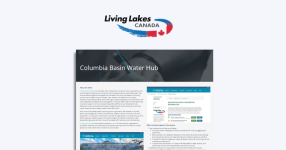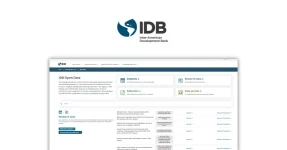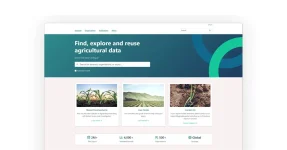Earlier this week I presented at the AWS symposium for public sector, education and non profits.
The deck I used can be found below with the session title and advertised description. The general points I hoped to make when presenting were:
- Link does AWS stuff and sells services etc…
- Using Drupal, CKAN and AWS together is pretty neat and here are two examples on why that is
- Slide 12 and 14 show the general approach used for the data first media platform we built for ACT Government and the setup we use for Victorian Government’s open data release model (three tiers of CKAN environments).
- Data classification… the list on slide 16 shows the questions that need to be marked ‘no’ to release a dataset publicly on the Data.Vic platform.
After those points I looped back to the economic points I would normally start with. So, covering the definition of economic goods, why information goods are MOAR good, going through the principles of open government, making a point about the basic role of Australian Government and finally talking about transaction costs.
I think the transaction costs slide is the most important. When you recognise that collaboration provides not only a higher quality of innovation but also a lower cost, then you can then move on to suggest that every external contract from the public sector into the private is an example of a ‘private-public’ partnership. If this is recognized then we can start to ask whether the procurement and delivery mechanisms of Government are setup to respect the value derived from the ‘collaborative procurement’ and ‘collaborative management’ oe would expect to see in private-public relationships.
Presented at the AWS Government, Education, and Nonprofits Symposium in Canberra, 6 May 2015.
Summary: This session will demonstrate how to reduce costs while expanding your opportunities for innovation on Amazon Web Services. It will consider a practical approach for data classification and security controls over objects and API endpoints which span an agency, its jurisdiction and the public. It will cover the foundations of Open Government from it’s principles of transparency, participation and collaboration. It will touch on the economics of open data and the cost reducing effect of digital transactions being enabled right now throughout the public sector. Finally, we’ll look at real world examples from the Government Digital Service in the United Kingdom, the Victorian Government’s Information Asset Register and those expected from the Federal Government’s Digital Transformation Office.



